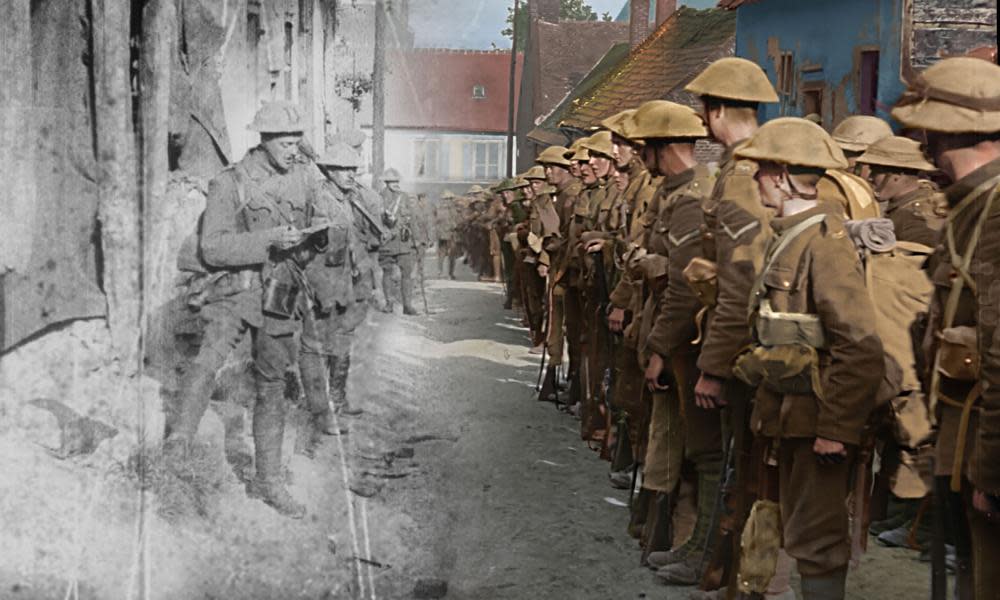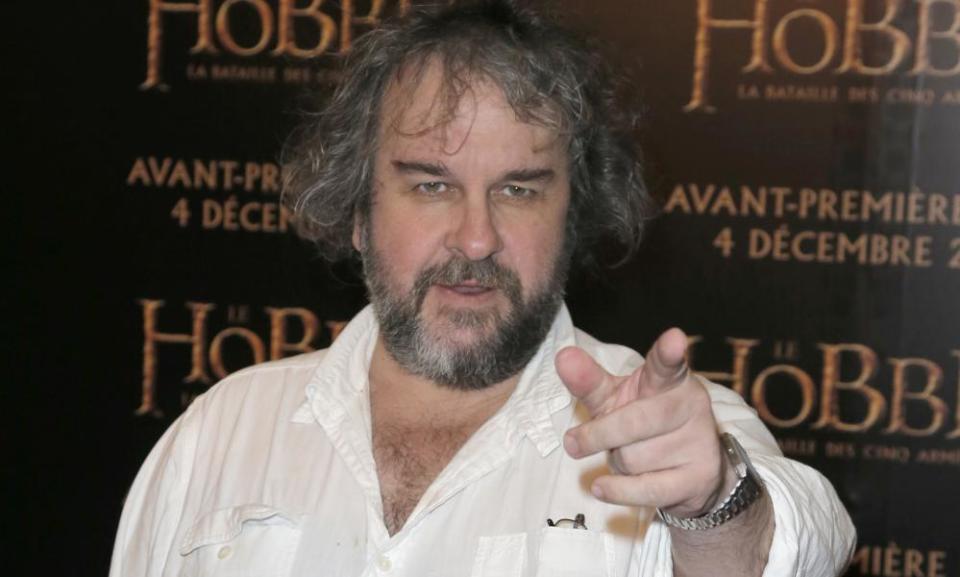Hobbit director turns first world war footage into film for centenary

Archive footage of the first world war has been restored and colourised for a new Peter Jackson film to be shown on the BBC and distributed to every secondary school in the UK.
The Oscar-winning film-maker admitted even he had been surprised by what was possible using the latest technology. “We can make this grainy, flickery, sped-up footage look like it was shot in the last week or two,” he said. “It looks like it was shot with high-definition cameras … it is so sharp and clear now.”
The project was announced at the launch on Monday of a nationwide cultural programme marking the centenary of the final year of the war.
14-18 Now, the arts organisation responsible for the blizzard of commissions marking the centenary, said there would be 42 projects in the programme this year.
They include a mass-participation artwork on 10 June marking the act that gave the first British women the right to vote; Rachel Whiteread casting the inside of a Nissen hut and placing it in a Yorkshire forest where a prisoner of war camp was located; and Danny Boyle creating a “mass-participation project across the UK” on 11 November, Armistice Day, with more details announced closer to the time.
A video interview with New Zealander Jackson, director of the Lord of the Rings and Hobbit films, was shown at the launch, in which he talked about creating a film that showed the human experience of the war.

The Imperial War Museum first approached the director two years ago about doing something with its footage. He has also gone through more than 600 hours of audio interviews with veterans, recorded from the 1960s to the 1990s.
Jackson said people today often had a cliched version of what the war was like. “I think it is going to be very surprising when you hear the voices of the men who fought the war … what they had to eat, how they slept at night, how they coped with the fear.”
The film will premiere at the BFI London film festival, where it will be shown in 3D, before being shown on BBC One and sent to all schools for the 2018 autumn term.
The event on 10 June celebrating the centenary of the women’s vote will be one of the biggest of the year. Created by the arts group Artichoke, it will involve women and girls in processions on the streets of Belfast, Cardiff, London and Edinburgh wearing the suffragette colours of green, white and violet. Also, 100 women artists will be commissioned to create centenary banners, working with communities across the UK.
Other projects announced include a performance artwork by William Kentridge telling the story of the millions of African porters and carrriers who served British, French and German forces during the war. The Head and the Load will premiere at Tate Modern in July.
There will also be the unveiling in late spring in Parliament Square of Gillian Wearing’s statue of the suffragist campaigner Millicent Fawcett; performances of a new oratorio by Sir James MacMillan commemorating the Armistice; and a dance work by the choreographer Shobana Jeyasingh inspired, in part, by the 1918 Spanish flu pandemic.

 Yahoo News
Yahoo News 
